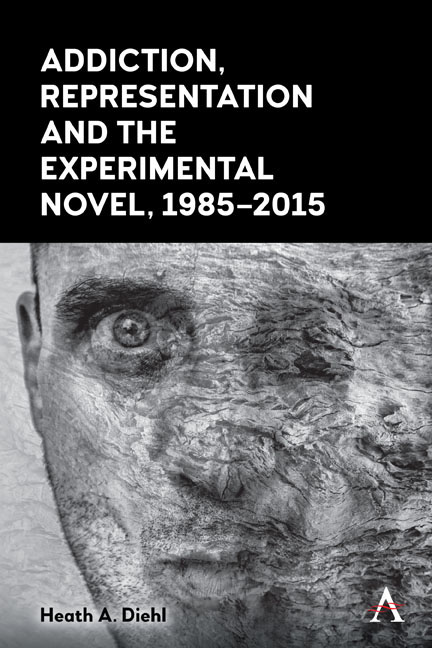3 - Gaslighting: The Girl on the Train (2015)
Published online by Cambridge University Press: 25 January 2021
Summary
Paula Hawkins's The Girl on the Train (2015) shares with Gran's Dope a firm commitment to entering well-established genres from alternative angles to wrest new meanings about addiction from those forms. Hawkins's debut novel locates itself squarely within the murder mystery tradition, specifically the classic whodunit, casting its alcoholic protagonist, Rachel, as an unwitting amateur sleuth in the disappearance and, as readers eventually learn, murder of Rachel's former neighbor, Megan Hipwell. In most ways, the novel adheres to long-and widely held formal expectations for the Western mystery novel. At its center, for example, is a complex, plot-driven narrative that presents a crime to be solved, or, in the words of Roland Barthes in S/ Z: An Essay (1974), “a truth to be deciphered”: namely, who murdered Megan Hipwell and why? Like other works within the whodunit tradition, The Girl on the Train is predicated on the commission of a criminal act, often but not exclusively murder, and its plot advances by degrees through the uncovering and interpretation of a series of clues that helps identify suspects, motives and, in the end, a single, guilty perpetrator.
At the same time, The Girl on the Train, like all good mysteries, charts a second narrative that runs parallel to “the story of the crime,” and that is, as Tzvetan Todorov discusses in The Poetics of Prose (1977), “the story of the investigation.” Drawing on the work of Todorov, Rita Felski, in The Limits of Critique (2015), explains this double narrative more thoughtfully:
The detective novel is organized around […] an original act of violence that sets the text in motion […] Nothing significant happens in the classic detective novel that is not tied to this first act of transgression […]
[The genre] proceeds from an effect (the corpse) to the deduction of a cause (the killer). The job of the detective is thus to reason backward in order to bring a constellation of past events to light.
Indeed, the process by which Rachel parses out the events leading up to and including Megan's murder, bringing the “constellation of past events to light,” consumes the narrative of The Girl on the Train, in some ways eclipsing in significance the “first act of transgression” itself.
- Type
- Chapter
- Information
- Publisher: Anthem PressPrint publication year: 2020

